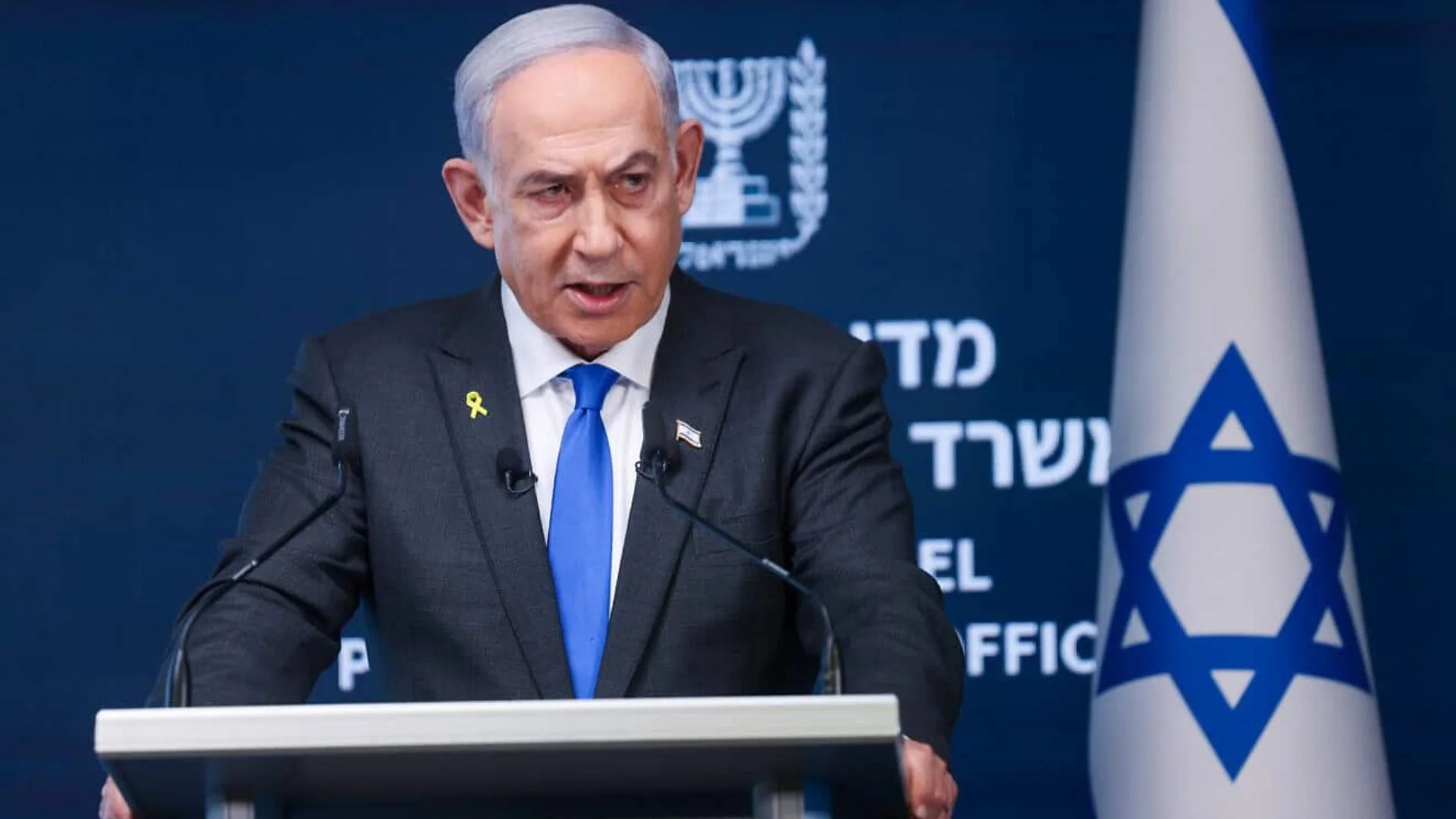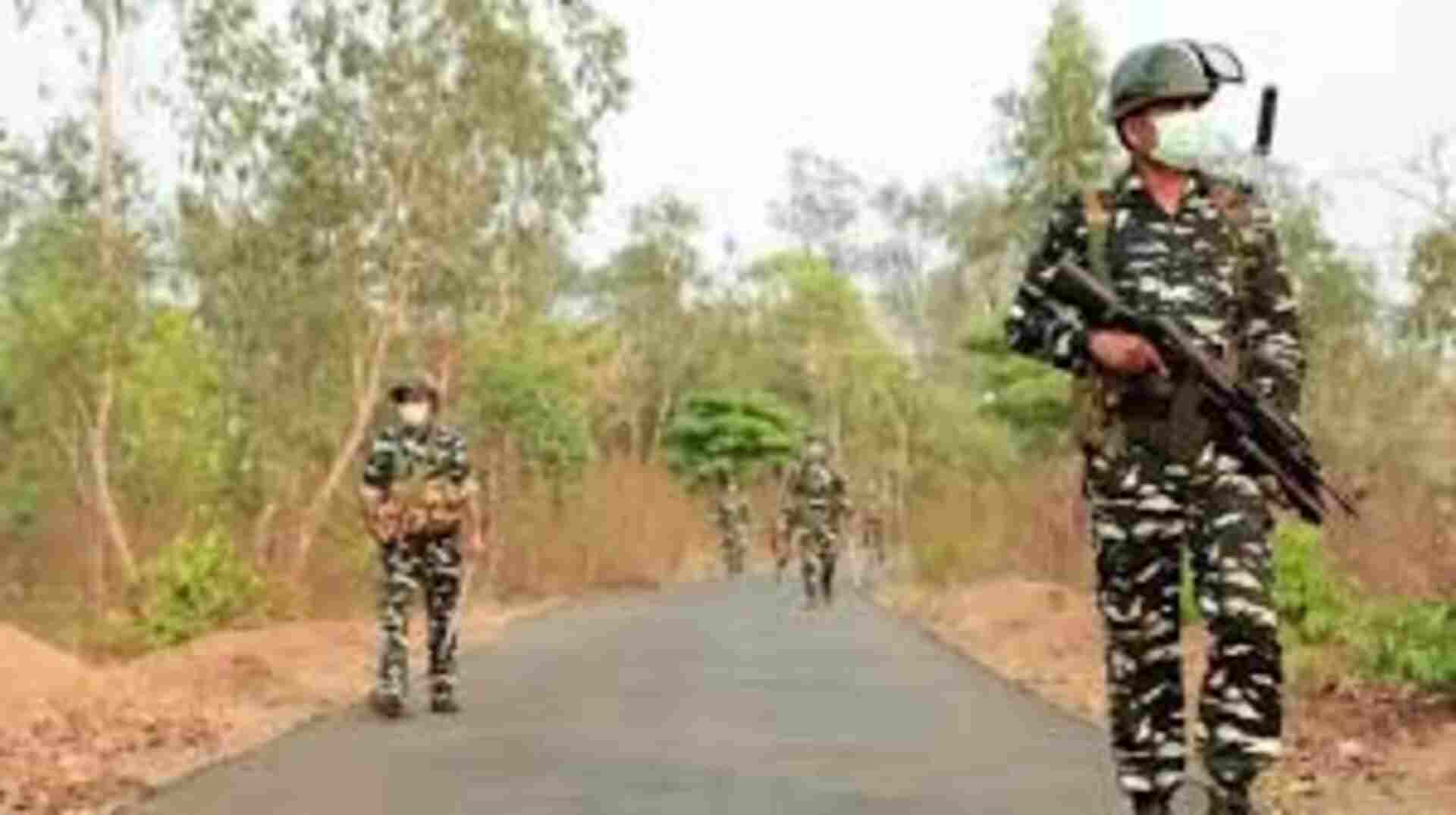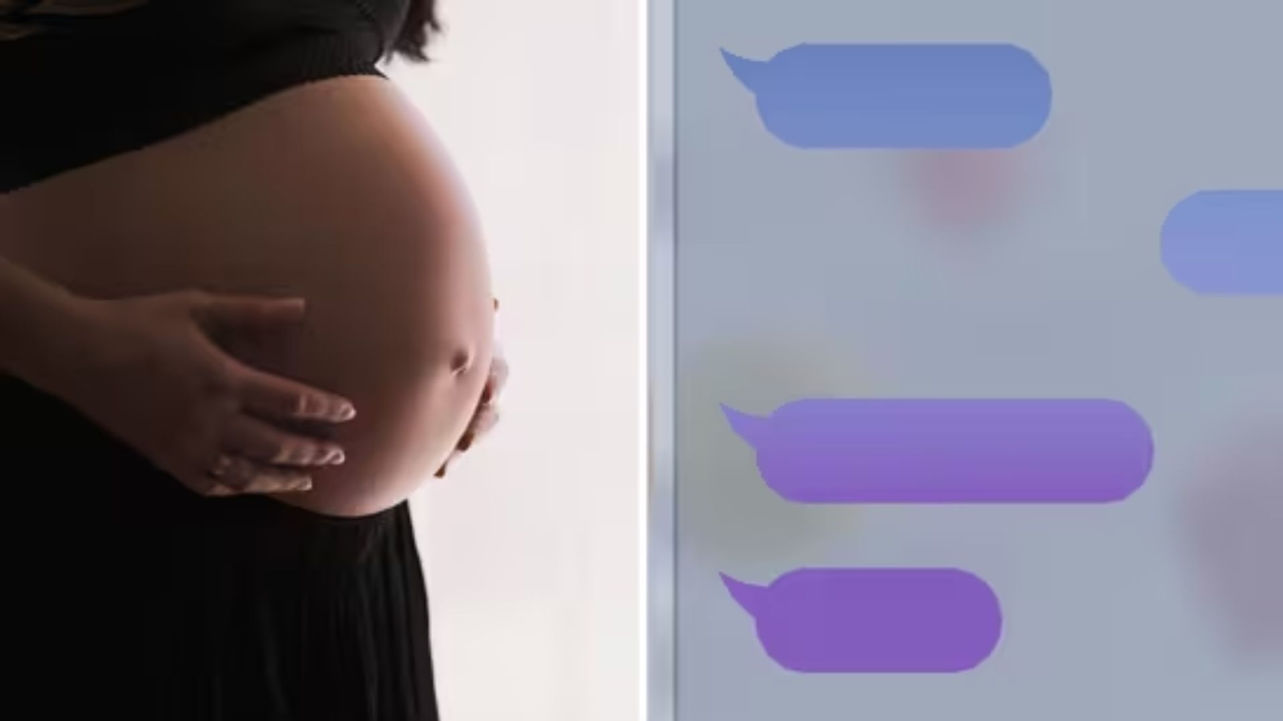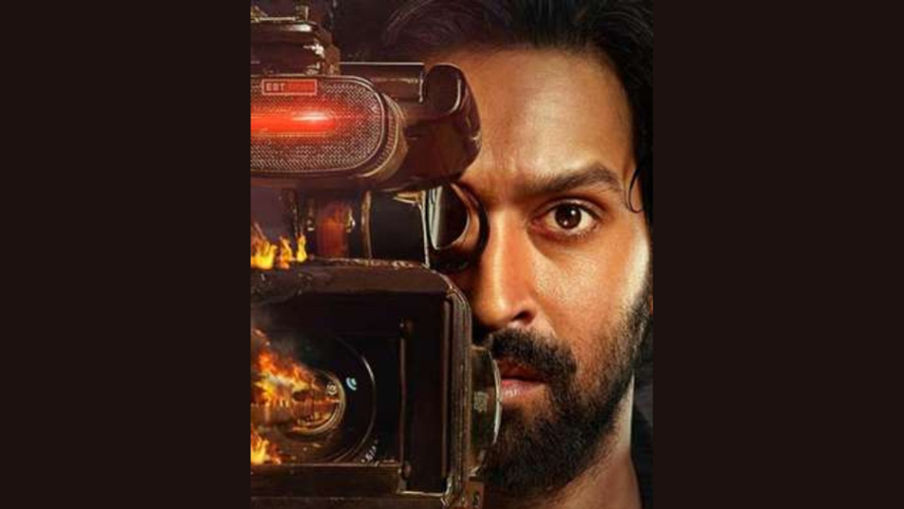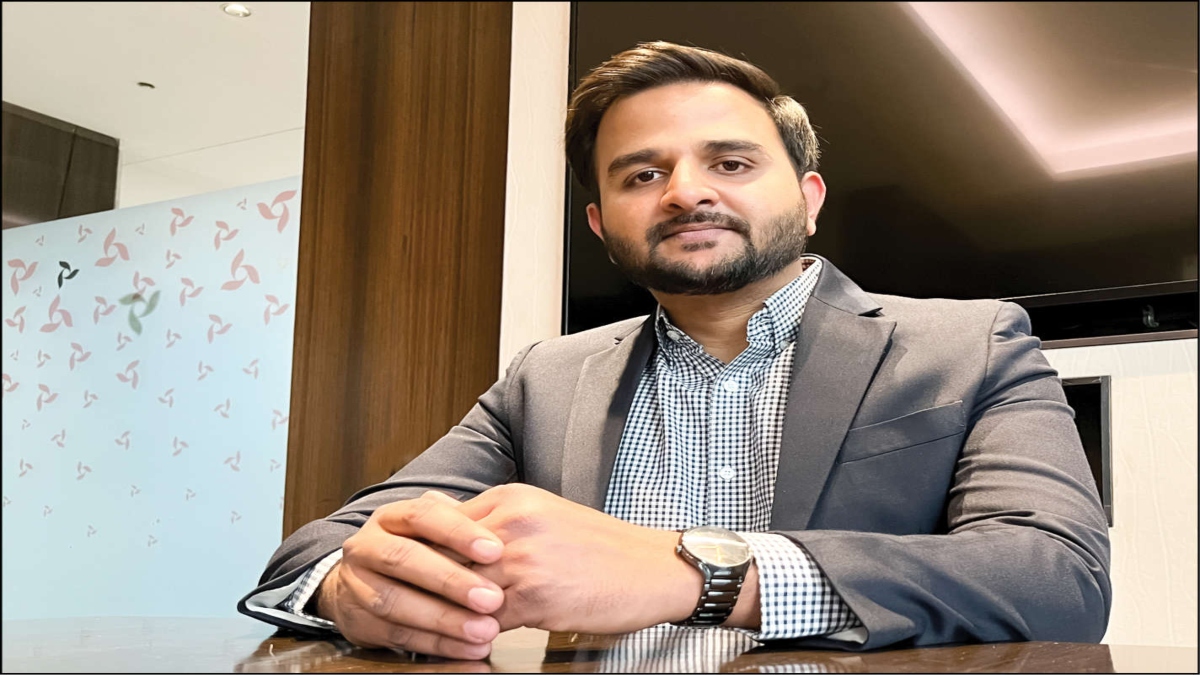
When the Covid-19 pandemic first struck India in 2020, schools across the country were the first institutions to be ordered shut by the Central Government. While teachers and students associated with private schools soon migrated to an online format of teaching-learning, stakeholders relying on government schools suffered dearly. To ease pressure on school students and their parents, the Central Government ordered all State Boards to reduce the prescribed syllabus and relaxed examination guidelines. While this move offered relief to all school-related stakeholders, government authorities across all levels knew that this was a temporary solution to a problem that needed to be addressed sustainably.
Since stakeholders associated with private schools seemed to be meeting their academic goals effectively through online education, Central and State Governments across India advising and equipping government school teachers to leverage WhatsApp and other such platforms to keep government school students engaged with educational material created by them. While this approach taken by government school teachers – along with the realization that private school students had already migrated to learning online – pushed several government school students to leverage computers, smartphones and internet connectivity to access education online; not all students had access to the required infrastructure.
As a result, by January 2021, nearly every State Government in India allowed physical lectures to be conducted in schools for students in Grade 9 and above, whilst following necessary Covid-safety norms. However, the joy of learning in-person, amidst the company of your peers, was rather short-lived as a new variant of the virus – named ‘Delta’ – caused a second wave of Covid-19; resulting in discontinuation of physical classes nationwide by April 2021. Once again, school-related stakeholders who had access to requisite devices and connectivity went back to teaching-learning online, whereas their less-fortunate counterparts were cut-off from education till India emerged from the second wave and started reopening schools.
By the time State Governments across India allowed schools to restart physical lectures across all Grades, it was December 2021 and a third variant of Covid-19 – named ‘Omicron’ – had just surfaced in African countries. As schools across the country took a break for their annual year-end holidays, there was a fresh surge in Covid-19 cases across, thanks to the emergence and rapid spread of the Omicron variant in India. In response, as of today, most State Governments have declared school closure for students till Grade 5, with a sizable number imposing such curbs for students till Grade 8, and some even declaring a complete shutdown of schools for all students.
As students with access to devices and connectivity go back to learning online for the third time, and those without it get disconnected from education yet again, the government seems determined to put an end to Covid-19’s onslaught on the academic paths of Indian students. On 3rd January 2022, the Central Government initiated its Covid-19 vaccination drive for teenagers in the age bracket of 15-18, which essentially covers students between Grade 9 to 12 – a formative, but crucial phase in anyone’s academic journey. As of 5th January, State Governments across the country had successfully administered first dose of the vaccine to 1.18 crore students from an estimated 7.4 crore students in this category.
From the looks of it, the government is following a two-pronged approach to strengthen its education system against future attacks by Covid-19. Under this approach, the government has already started vaccinating students between 15-18 ahead of their board examinations, and can soon be expected to inoculate younger students before Academic Year 2022-23. In addition, multiple State Governments have announced free or subsidized devices and internet connectivity to government school students, particularly those between Grade 9 to 12. At its level, the Central Government is also building a repository of educational content in various Indian regional-languages for government school students to access.
Bearing in mind that the Omicron variant showcases milder symptoms in its hosts and spreads faster amongst people than previous strains of Covid-19, one can expect the third wave of this pandemic to run a lot longer and spread much wider than its predecessors. As a result, even though the government has started vaccinating students at a rapid pace, one can expect schools to be closed for physical lectures for the next two-three months atleast; which will certainly affect annual examinations for Academic Year 2021-2022, just the way it did for the last two years. News of more strains emerging in different parts of the world is a matter of serious concern as it can cast shadows over the next academic year as well.
Nobody can say with utmost certainty how this academic year, or the next one, will unfold. However, as someone whose organization has been closely involved in creating Vernacular EdTech solutions for government school students for the last 6 years, I can say with great conviction that structural reforms made by the government due to this pandemic will usher in an era of technology-enabled blended learning for government schools which, in turn, will exponentially improve the quality of education provided to their students, thereby enabling future generations of this country to contribute to the India growth story in a much bigger way than ever before.
The author is the Co-founder of ConnectEd Technologies, which is an edtech social enterprise that specialises in creating tailor-made technologies and deploying large-scale developmental programs





